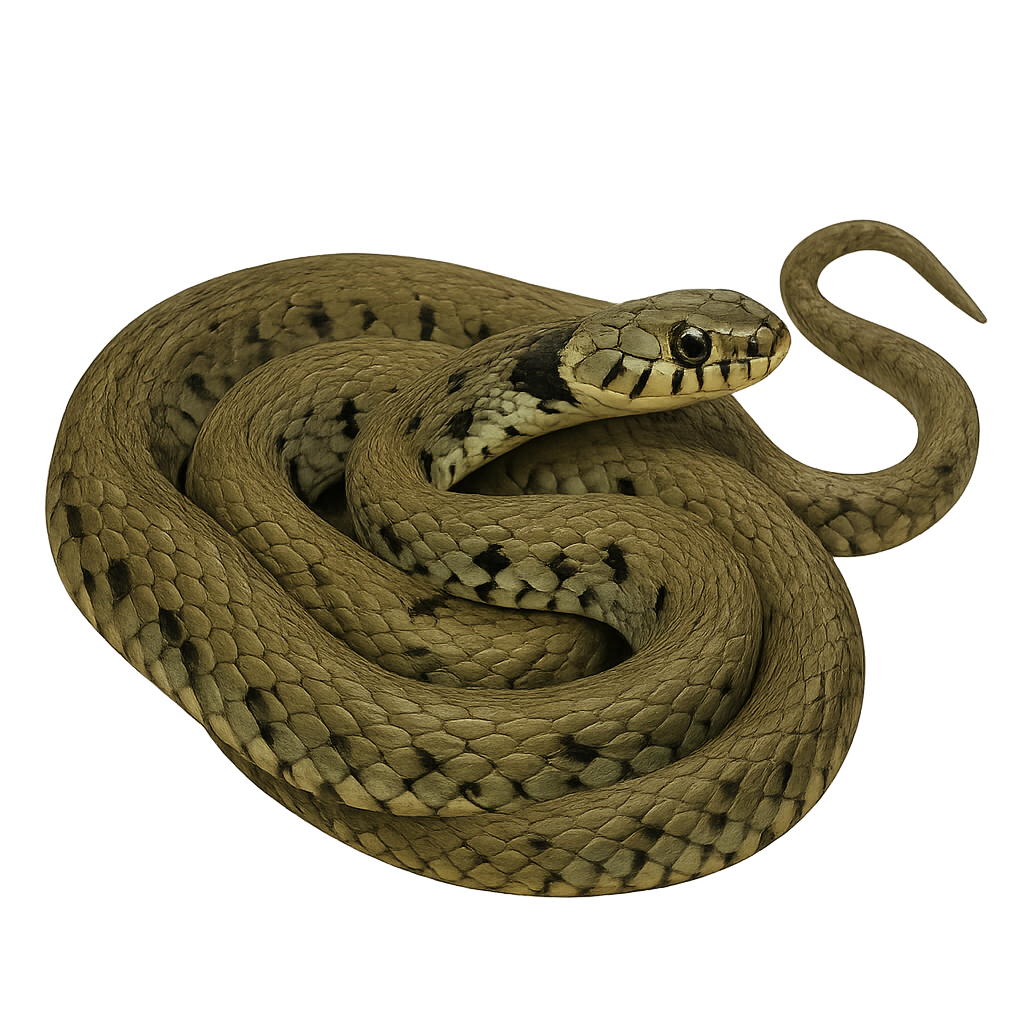Animal Species Profiles:
Mammals, Birds, Reptiles & More
Explore wildlife from around the world with the species profiles on WildlifePhotographer. Mammals, birds, reptiles… For each species, you’ll find key information such as habitat, observation periods, distribution, and photography tips. Want more details and advanced features? Download the full app for the complete experience.
Swiss collar snake
Natrix helvetica
The European Water Snake is a non-venomous species of snake, easily recognized by the distinct black or brown collar-like markings around its neck. Its body is typically olive or brown, with lighter patterns on the back and sides. This snake typically measures between 50 and 100 cm long, although it can sometimes reach up to 1.5 meters in rare cases.
The European Water Snake primarily inhabits wetland areas, such as lake shores, rivers, and marshes. It is highly agile and spends most of its time hunting fish, amphibians, and small reptiles, which it captures by diving or swimming. Though mainly terrestrial, it is also an excellent swimmer. The species is protected in some areas due to habitat loss. The European Water Snake plays an important role in regulating amphibian populations and controlling small aquatic animals.
Saltwater crocodile
Crocodylus porosus
The Saltwater crocodile is the largest of the crocodiles, reaching up to 7 meters in length. It lives in the saline and brackish waters of the coasts of Southeast Asia, northern Australia, and the islands of the Indian Ocean. A powerful predator, it primarily feeds on fish, birds, and mammals, including large prey such as buffaloes and even sharks. While it is often feared for its size and power, it remains discreet in shallow waters and mangrove swamps. Due to hunting and habitat loss, the Saltwater crocodile is classified as a vulnerable species.



